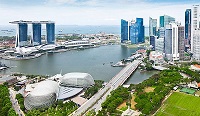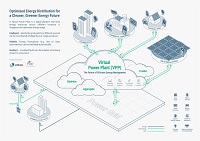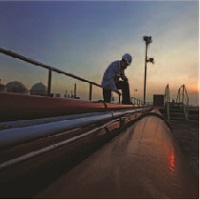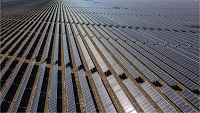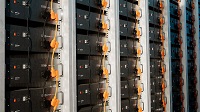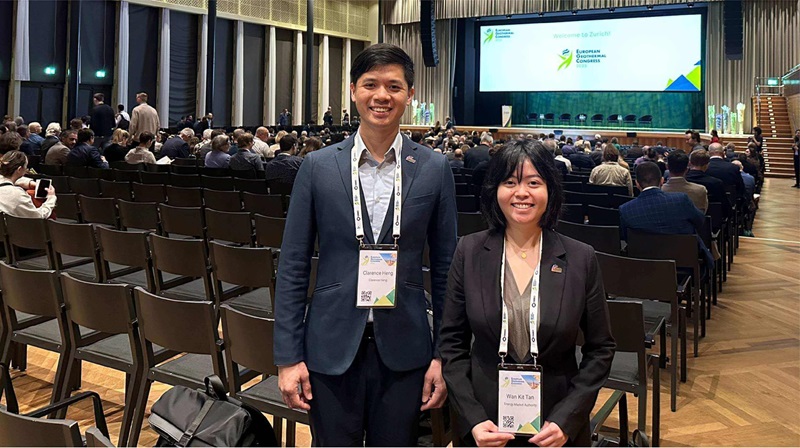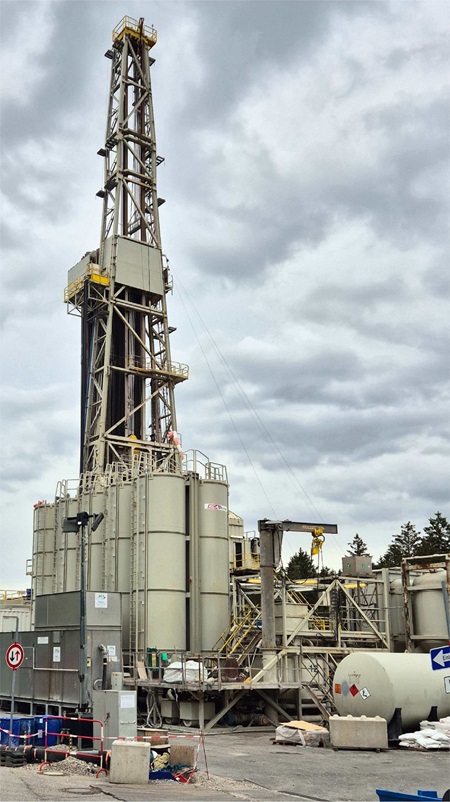One of the key challenges for Singapore’s geothermal journey is the availability of land.
“We need spaces that are not only large enough for geothermal energy infrastructure but also fit into the country's land use plans. A possible solution could be to create multiple uses for the same site, utilising the geothermal heat for various applications including electricity generation, heating and cooling systems,” Wan Kit explained.
Another obstacle that stands in the way is cost. Clarence said, “One of the biggest hurdles for deep geothermal energy is the high cost of drilling. To make this viable, we need to research on ways to further lower these costs.”
“Encouragingly, new drilling technologies that could transform the landscape have emerged. Technologies such as plasma drilling and millimetre wave drilling use high-energy beams to break down and even vaporise rock, potentially allowing boreholes to be drilled at higher efficiencies and at lower costs as compared to conventional methods. These innovations suggest that tapping into deep geothermal heat could soon move from a distant goal to a practical reality.”
In addition to land constraints and operational costs, Wan Kit and Clarence also shared about the complexities of having to coordinate with multiple agencies to carry out their work.
“Many people do not realise that harnessing geothermal energy is more than just about drilling holes. Making it happen requires a lot of coordination between different agencies and companies. For example, to get the aerial survey off the ground, we had to work closely with the Republic of Singapore Air Force and the Civil Aviation Authority of Singapore to plan the flight profiles amid Singapore’s busy airspace,” Clarence said.
Wan Kit shared her experience coordinating the land survey, highlighting the collaboration involved. “We had to work closely with various government agencies to secure approvals for placing instruments in public parks and spaces, while ensuring public safety and biodiversity is protected. Throughout the process, however, I was really encouraged by how helpful and responsive everyone was. It is a complex project with many moving parts, but the potential benefits the study could bring make it worthwhile."
